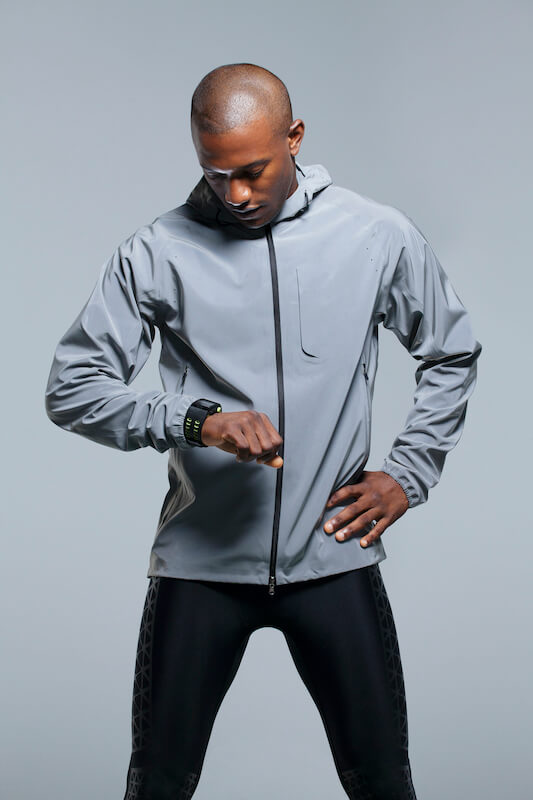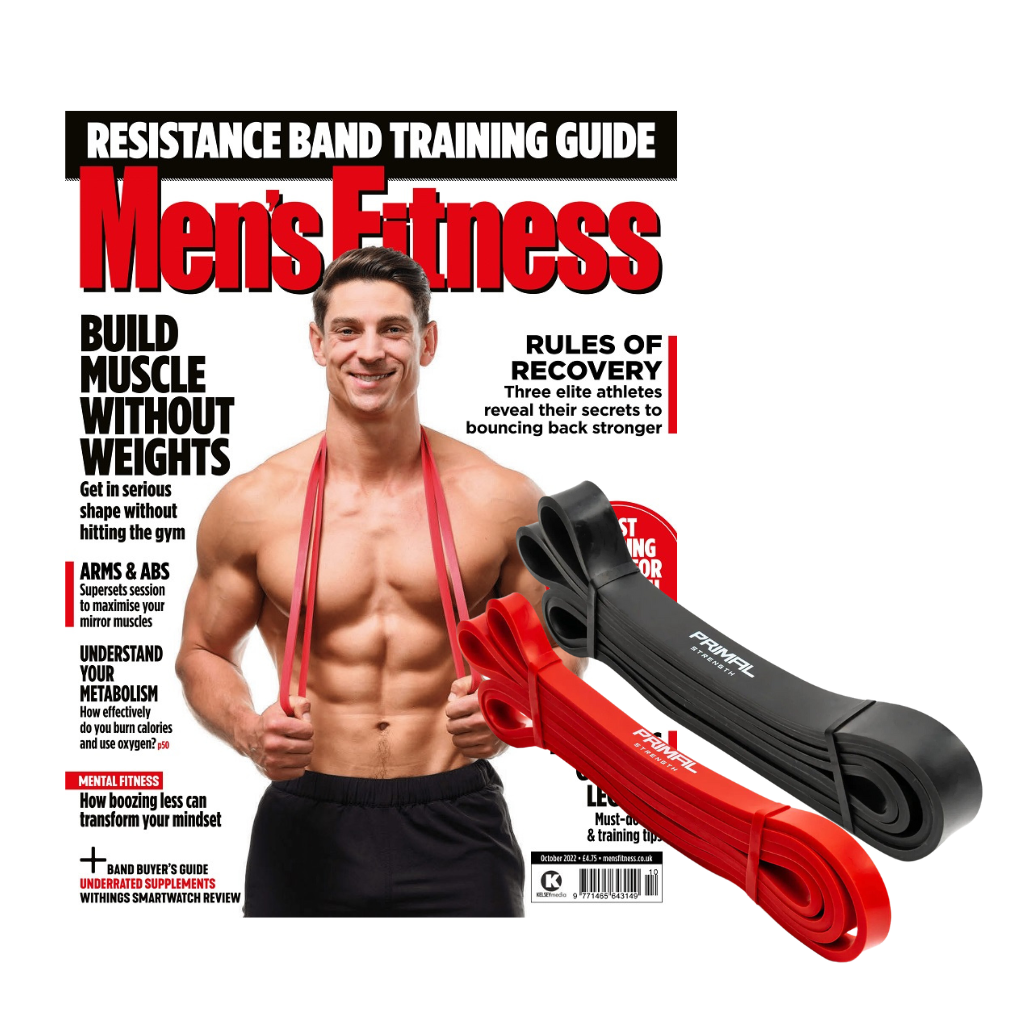If you joined the lockdown-enforced run club, here’s how to prevent progress from stalling.
1. Slow Down
It might seem contradictory, but the key to realising your running potential is running easy for the majority of your runs. Why? Well, ‘easy running’ is how you develop the body’s aerobic capacity: how efficiently your body can deliver oxygen to the muscles to help power them.
“Aerobic development is the single most important factor to long-term development in running,” says running coach Jeff Gaudette. He points out that in order for you to develop this crucial system you need to run at a pace that falls within your aerobic zone. The easiest way to determine this ideal pace is to simply run at a ‘conversational pace’, where you can speak without shortness of breath.
2. Gradually Up the Mileage
Increasing the volume of running you do each week plays a big role in how much you’ll improve as a runner. It’s imperative you don’t increase the volume too quickly, however, otherwise you’ll almost certainly encounter injury.
Famed running coach Jack Daniels recommended runners should stick to a manageable volume of running for at least four weeks before increasing the mileage. When you’re ready to up the weekly mileage, Daniels said it should be equal in miles to the number of runs you do each week, i.e. an increase of four miles if you run four times each week.
3. Strike the Right Balance
The recipe for improving as a runner consists of both easy and hard running, but you need to get the balance just right. One of the most significant breakthroughs in running research was made by exercise physiologist Stephen Seiler. He found endurance runners maximised their training results when 80 percent of their training was at a low intensity and only 20 percent at a high intensity.
This 80/20 rule is how elite runners have trained for decades. Having the majority of your running at an easy pace ensures you build that all-important aerobic base and will prevent you from being too fatigued for subsequent workouts.
4. Watch Yourself
Investing in a quality watch is well worth it, helping you keep to the correct pace and far more besides. The best running watches double up as wrist-based coaches, helping you to perfect your pacing, boost your fitness and ultimately make you a stronger runner.
5. Improve with Intervals
Interval training is essentially short periods of high-intensity running separated by short rest periods. Olympic marathoner and exercise physiologist Pete Pfitzinger says the goal of interval training is to “teach the body to grab and use oxygen more efficiently.”
Improving this area of your physiology will make you a more economical runner, allowing you to run faster for longer. The key with this workout is to ensure the rest periods are long enough for you to be able to run at the same pace for each of the intervals.
6. Run for the Hills
Hill sprints are a great way to improve your running economy. Similar to having a more fuel efficient car, having greater running economy means your body needs less oxygen to maintain a certain speed. Running uphill requires you to overcome gravity, which make hill sprints a great form of resistance training specifically tailored to the mechanics of running.
A study in the International Journal of Sports Physiology and Performance found short hill repetitions of 10 to 12 seconds yielded the best improvements for running economy.
RELATED: Ultra Runner Tom Evans On The Art Of Hill Sprints
7. Keep a Diary
Using running apps like Strava and MapMyRun are great for keeping a record of your running, but running journals can offer so much more than that. Taking note of your resting heart rate each morning, how you slept the night before, what you ate before a run and what your training was like the previous day can help identify trends.
Identifying these patterns lets you see what works and what doesn’t, facilitating improvements and preventing injury.
8. Find the Right Shoe
Every runner’s biochemistry is unique, which means certain shoes will be ideal for some and not for others. Running coach Greg McMillian says there are three key things to consider when looking for the right shoe.
Firstly, the shoe should fit your foot snugly without having to tie the laces. They should naturally flow with your stride when running and make you want to run faster.
And finally, the shoe should fit your running mechanics, meaning if you start to feel irritation in areas that have bothered you in the past that’s a sign you’re not wearing the right shoe.
9. Tier your Targets
Patience is mandatory in running and working towards big goals like finishing a marathon or hitting a new PB in a 10k can take several months. Maintaining the motivation throughout training is crucial and having multiple short-term goals is a great way to achieve this.
Many high-level coaches and sports psychologists view success as a spectrum and encourage their athletes to set different tiered goals. “Having a weekly mileage target is a good way to maintain focus in the short-term, and hitting goals regularly is rewarding,” says running coach and author Jason Fitzgerald.
10. Enter a Race
Having a race in the calendar is a motivator to help maintain that consistency throughout the year. On top of that, race days have an electric atmosphere that allows you to enjoy the fruits of your labour and measure your progress. The competitive environment can provide a noticeable boost, too, so there’s a good chance of a PB.
Words: Tony Connelly











